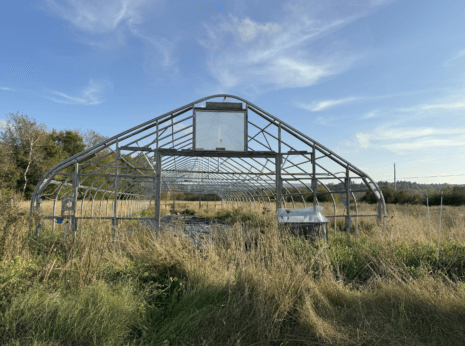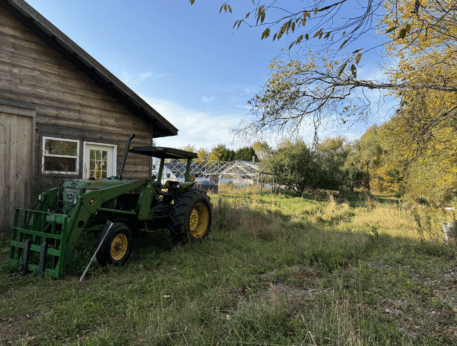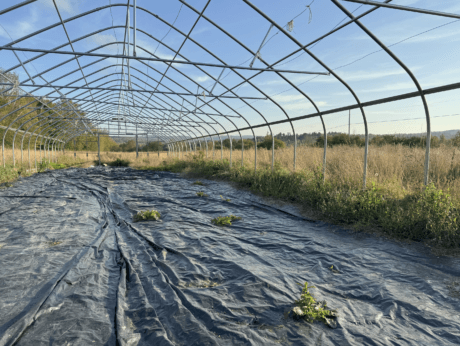Why Maine is Taking the Feds to Court Over Sludge
Maine was the first state in the nation to ban the use of sludge as a fertilizer. Now, the Maine Organic Farmers And Gardeners Association plans to take the EPA to court over farmland lost to forever chemical contamination.








I am profoundly grateful and would like to express my sincere thanks for the priceless information you have given me. I am certain that your future pursuits will continue to impress and amaze me.
Here is a compound book on Sludge and PFAS
https://www.amazon.com/dp/B0D4NTG18V?ref=d6k_applink_bb_dls&dplnkId=b7da5ebf-d095-4f7b-8fed-fd59e6db1349
If the food utensils we have used for decades has not poisoned us, how can a little sludge on the ground hurt? Or should FDA and DOH spoke up years ago and stopped PFAS from being used in food ware? It is strange how a very recognizable problem like PFAS or voting machines be allowed to run so long without being corrected.
By using organic products like WaterMix to break down the bio solids and the contaminants (the contaminants are the issue not the sludge itself) this removes the contaminants before they create these issues The naturally occurring bacteria and fungi breaks down the organics in the sludge, the contaminants and the fungi coverts the broken down materials into all organic fertilizer. Greases fat oils hormones, pharmaceuticals, pathogens like E Coli odor are all things WaterMix breaks down at the source (waste water plants, farming manure lagoons, digesters) Remove it at the source then the sludge remains a valuable fertilizer and using… Read more »